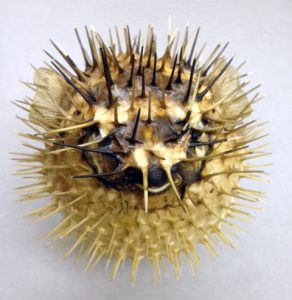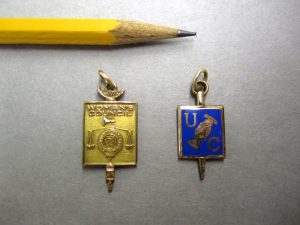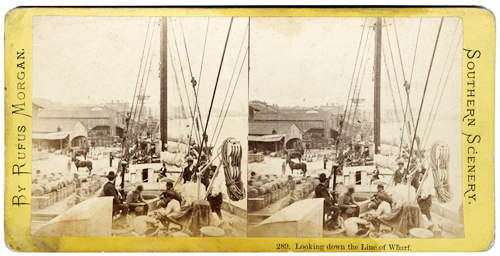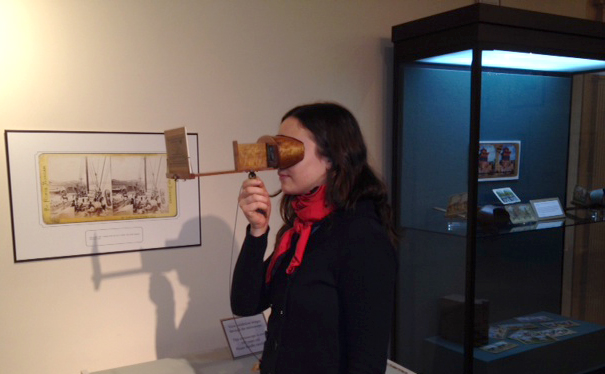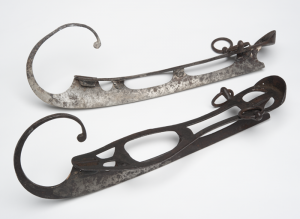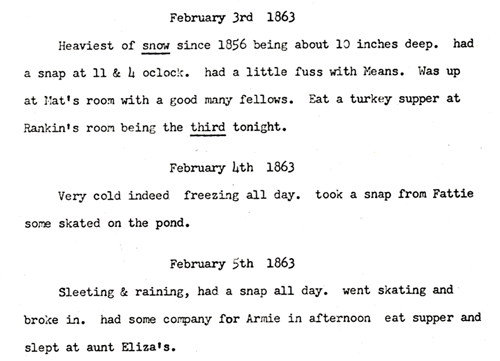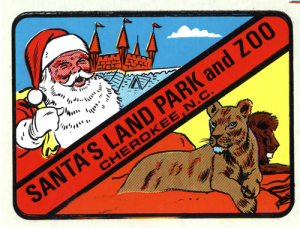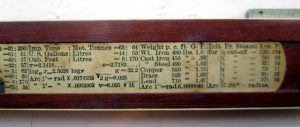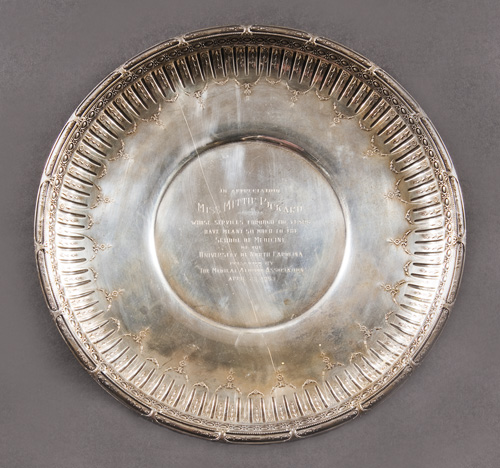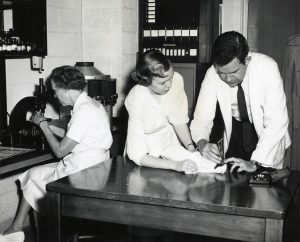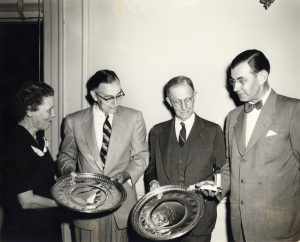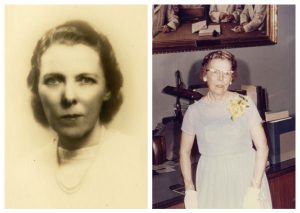Maybe the suddenly spring-like weather has a hold on me, but I can’t shake the thought that our April Artifact of the Month is smiling.
This puffer fish is part of a large collection of artifacts and specimens that were transferred to the North Carolina Collection Gallery in 2005. The objects came from UNC’s Wilson Hall, which housed the University’s Zoology Department and its library.
The Gallery accepted the transfer of these objects when Wilson Hall undertook a massive renovation. The collection, which includes hundreds of animal specimens and fossils, accentuates the Gallery’s goal of preserving items relating to natural history and the history of science at the University.
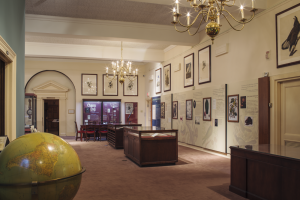
As part of the Gallery’s own renovation, we’ve recently upgraded our natural history exhibit, which features biographical panels on important naturalists, specimens from Wilson Hall, and original prints by John James Audubon.
Currently, the puffer fish can be seen in the exhibit Rooms of Wonder: From Wunderkammer to Museum, 1565-1865, in the Saltarelli Exhibit Room in Wilson Library, until April 17.

